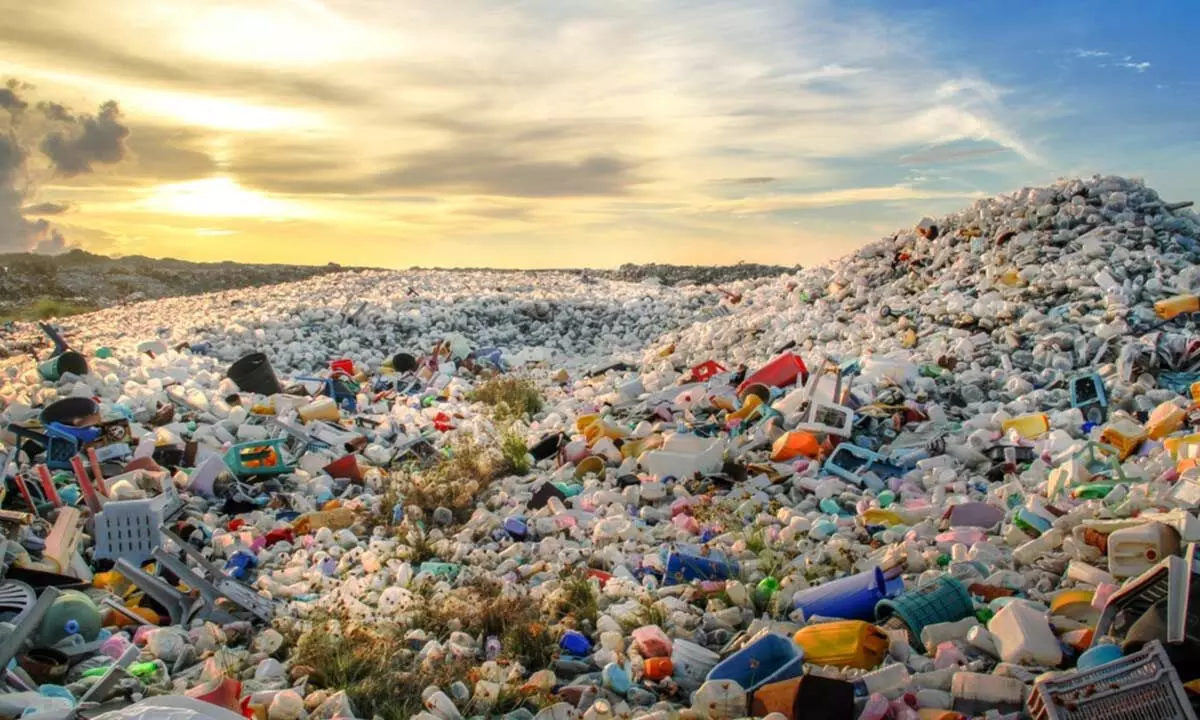Researchers develop new method to tackle polyethylene waste

An international team of experts has developed a way of using polyethylene waste (PE) as a feedstock and converted it into valuable chemicals, via light-driven photocatalysis.
New Delhi: An international team of experts has developed a way of using polyethylene waste (PE) as a feedstock and converted it into valuable chemicals, via light-driven photocatalysis.
Most of the plastics used today end up being discarded and accumulated in landfills.
PE is the most widely used plastic in the world. Daily food packaging, shopping bags and reagent bottles are all made from PE. It is also the largest proportion of all plastic waste and primarily ends up in landfills, posing a threat to global environment and ecology.
The team led by experts from the University of Adelaide in Australia upcycled polyethylene plastic waste into ethylene and propionic acid with high selectivity using atomically dispersed metal catalysts.
“Plastic waste is an untapped resource that can be recycled and processed into new plastics and other commercial products,” said Prof. Shizhang Qiao, from the varsity’s School of Chemical Engineering.
“Catalytic recycling of PE waste is still in early development and is practically challenging because of chemical inertness of polymers and side reactions arising from structural complexities of reactant molecules,” Qiao added.
In the paper, published in the journal Science Advances, the team used an oxidation-coupled room-temperature photocatalysis method to convert the waste into valuable products with high selectivity.
Nearly 99 per cent of the liquid product is propionic acid, alleviating the problems associated with complex products that then require separation.
Renewable solar energy was used rather than industrial processes that consume fossil fuel and emit greenhouse gases, the expert said. “This waste-to-value strategy is primarily implemented with four components, including plastic waste, water, sunlight and non-toxic photocatalysts that harness solar energy and boost the reaction. A typical photocatalyst is titanium dioxide with isolated palladium atoms on its surface,” Qiao said.















